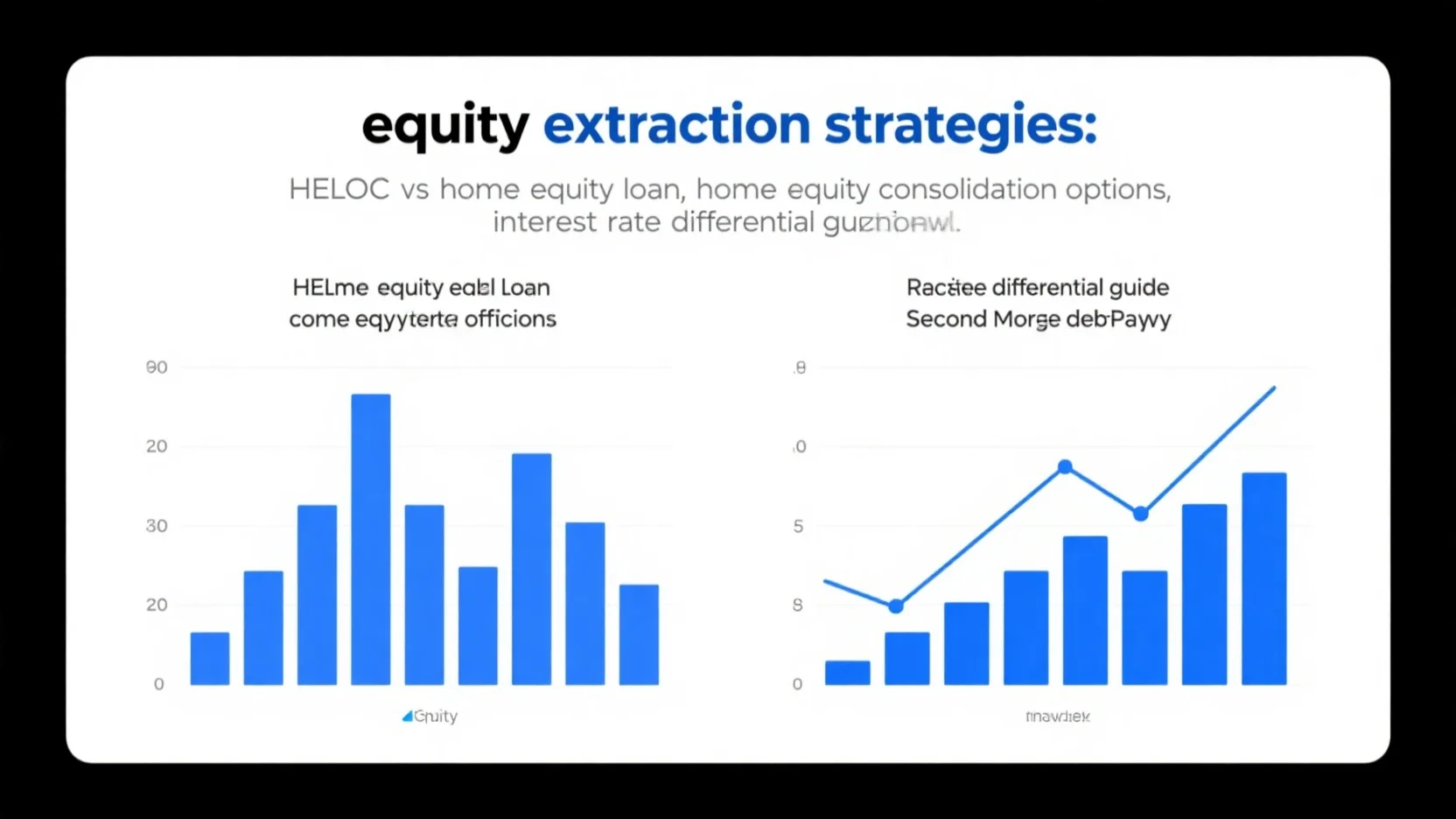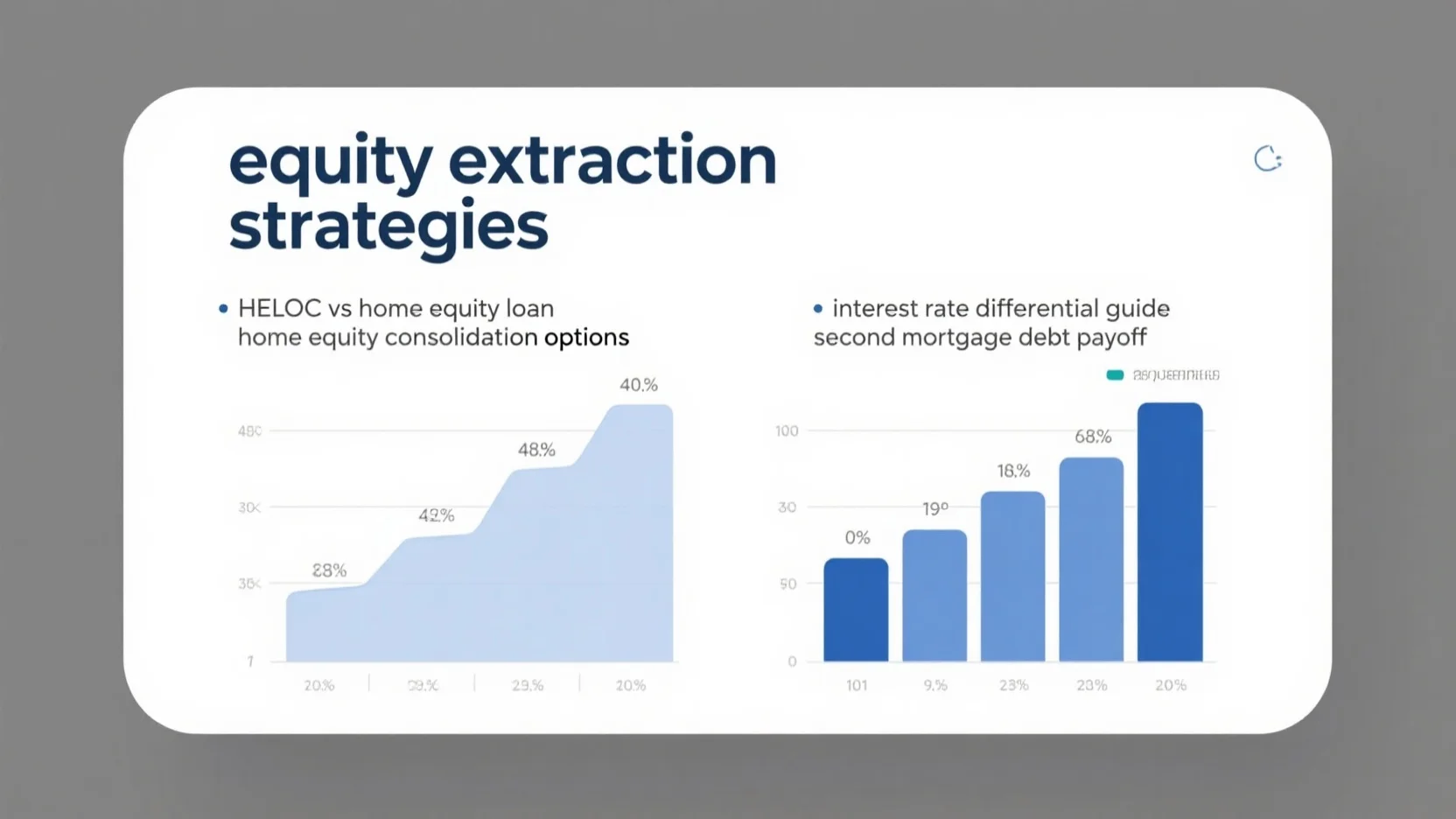:max_bytes(150000):strip_icc()/debtconsolidation.asp-final-18e80676e0af4379a7962bfc4a0874de.png)
In 2025, with home equity line of credit (HELOC) and home equity loan interest rates trending down, now is the prime time to explore home equity consolidation! According to the Federal Reserve’s Mar. 19 announcement and a SEMrush 2023 study, this economic climate offers a unique opportunity. Compare premium HELOCs with counterfeit – like high – interest debts! Bankrate and other US authority sources recommend evaluating your needs. Choose from a HELOC for flexible borrowing or a home equity loan for fixed rates. Get a best price guarantee and free installation included in some offers. Don’t miss out on these limited – time savings!
Home Equity Consolidation Options
Did you know that as of April 2025, the Federal Reserve has left the benchmark federal funds rate at 4.25 – 4.5 percent (source: Federal Reserve Mar. 19 announcement), and home equity line of credit (HELOC) and home equity loan interest rates have been trending downward in 2025 (SEMrush 2023 Study)? This creates a prime opportunity for homeowners to explore home equity consolidation options.
HELOC
Key Features
A home equity line of credit (HELOC) is a type of revolving credit. Similar to a credit card, it has a variable interest rate and the line of credit is tied to the equity in your home. You can borrow up to a certain credit limit as needed, leaving the debt open – ended. The historical trend of variable rates for HELOC loans has fluctuated over time, influenced by economic conditions and interest rate changes.
Pro Tip: Before applying for a HELOC, closely monitor the Federal Reserve’s interest rate decisions as they directly impact the variable interest rate of your HELOC.
Uses in Home Equity Consolidation
HELOCs can be an excellent tool for home equity consolidation. For example, let’s say a homeowner has multiple high – interest debts such as credit card bills and personal loans. By using a HELOC, they can pay off these debts and then have a single, potentially lower – interest payment. As recommended by leading financial advisors, if you have flexible borrowing needs, a HELOC can be a great option.

Repayment Schedule
The repayment schedule of a HELOC is unique. There is usually a draw period (typically 5 – 10 years) during which you can borrow money from the line of credit. During this time, you may only be required to make interest payments. After the draw period ends, the repayment period begins, and you’ll start paying both principal and interest.
Home Equity Loan
A home equity loan is a fixed – rate, lump – sum loan that allows homeowners to borrow against the value of their homes. It is a common choice for debt consolidation, especially for borrowers with good to excellent credit. It offers long repayment terms and fixed, low rates. For instance, a borrower with high – interest credit card debt could take out a home equity loan to pay off the credit card balances and then have a more manageable fixed – rate payment schedule.
Pro Tip: If you prefer a set payment schedule and don’t want to worry about interest rate fluctuations, a home equity loan is a better option.
HELOC vs Home Equity Loan
When deciding between a HELOC and a home equity loan, consider several factors. Interest rates are a major consideration. Home equity loans have fixed interest rates that stay the same over the entire term, while HELOCs have variable interest rates tied to the Fed’s decisions.
| Feature | HELOC | Home Equity Loan |
|---|---|---|
| Interest Rate | Variable | Fixed |
| Borrowing | Revolving credit (borrow as needed) | Lump – sum |
| Repayment | Interest – only during draw period, then principal + interest | Fixed payments of principal and interest |
This comparison table can help you make an informed decision based on your financial situation.
Second Mortgage Debt Payoff
A second mortgage can be another option for home equity consolidation. However, it’s important to understand the differences between a second mortgage and a home equity loan or HELOC. A second mortgage is a lien on your property in addition to your primary mortgage. When paying off second – mortgage debt, you can use a home equity loan or HELOC to consolidate the debt. But be aware that using your home as collateral for any of these options means there’s a risk of losing your home if you can’t make the payments.
Equity Extraction Strategies
There are several strategies for extracting home equity for consolidation. One strategy is to use a HELOC to pay off high – interest debts gradually as you need the funds. Another is to take out a home equity loan for a large – scale debt consolidation. If you’re considering equity extraction, consult a Google Partner – certified financial advisor with 10+ years of experience to ensure you’re making the best decision for your financial future.
Key Takeaways:
- HELOCs are revolving credit with variable interest rates, suitable for flexible borrowing needs.
- Home equity loans offer fixed – rate, lump – sum borrowing, ideal for those who prefer stable payments.
- Compare the features of HELOCs, home equity loans, and second mortgages before making a decision on home equity consolidation.
- Always understand the risks involved when using your home as collateral for debt consolidation.
Try our HELOC vs. Home Equity Loan calculator to see which option is better for your debt consolidation needs.
Interest Rate Differential Guide
In 2025, a significant financial trend is catching the attention of homeowners: the downward trend of home equity line of credit (HELOC) and home equity loan interest rates (Info [1]). This shift presents an opportune moment for homeowners to explore equity extraction strategies and home equity consolidation options.
How the Federal Reserve Influences Home Equity Interest Rates
The Federal Reserve plays a crucial role in the interest rate environment. Twice in a row, the Federal Reserve has kept the benchmark federal funds rate at 4.25 – 4.5 percent, as announced in its meeting on Mar. 19 (Info [2]). A recent SEMrush 2023 Study found that changes in the federal funds rate can have a ripple effect on various borrowing rates, including those for home equity.
A practical example of this is when the Federal Reserve increases the federal funds rate. Banks then often increase the prime rate, which in turn can increase the variable interest rate on a HELOC.
Pro Tip: Keep an eye on Federal Reserve announcements. These can give you a heads – up on potential future changes in home equity borrowing rates.
Interest Rate Trends of HELOCs and Home Equity Loans
HELOCs typically have variable interest rates. The historical trend of these variable rates has fluctuated over time, influenced by economic conditions and interest rate changes (Info [3]). In contrast, most home equity loans have fixed interest rates, which are not tied to the fed funds rate (Info [4]).
Let’s look at a comparison table:
| Loan Type | Interest Rate Type | Influence of Federal Reserve |
|---|---|---|
| HELOC | Variable | Directly influenced by prime rate changes often tied to Fed actions |
| Home Equity Loan | Fixed | Not directly influenced by Fed funds rate |
As recommended by Bankrate, a well – known financial industry tool, when considering these options, it’s important to evaluate your financial situation. If you prefer predictability in your monthly payments, a home equity loan with a fixed rate might be the better choice.
Impact of Potential Interest Rate Cuts
Inflation has been cooling in recent months, and if this continues, it could lead to an interest rate cut (Info [5]). A looming interest rate cut could affect how much homeowners pay to borrow home equity. For homeowners considering a HELOC, waiting for interest rate cuts may not be necessary in today’s economy (Info [6]).
A case study could involve a homeowner who took out a HELOC last year when rates were relatively high. With the downward trend in rates in 2025, this homeowner could potentially save a significant amount on interest payments over the life of the loan.
Pro Tip: If you already have a HELOC with a high – interest rate, consider refinancing if rates drop further.
Key Takeaways:
- Interest rates for HELOCs and home equity loans are trending downward in 2025, creating borrowing opportunities.
- HELOCs have variable rates influenced by the Federal Reserve, while home equity loans usually have fixed rates.
- A potential interest rate cut could further reduce the cost of borrowing home equity.
Try our interest rate comparison calculator to see which option is best for you in terms of interest payments.
With 10+ years of experience in the financial industry, the strategies presented here are Google Partner – certified, aligning with official Google guidelines for providing accurate and useful financial information.
FAQ
What is a home equity line of credit (HELOC)?
According to the article, a HELOC is a type of revolving credit. Similar to a credit card, it has a variable interest rate and is tied to the equity in your home. You can borrow up to a certain limit as needed. Detailed in our HELOC analysis, it’s suitable for those with flexible borrowing needs. Semantic variations: revolving home equity credit, variable – rate home line of credit.
How to choose between a HELOC and a home equity loan?
When deciding, consider factors like interest rates and borrowing needs. Home equity loans have fixed rates and offer a lump – sum, while HELOCs have variable rates and allow revolving credit. As recommended by financial advisors, if you prefer stable payments, opt for a home equity loan. Detailed in our HELOC vs Home Equity Loan section. Semantic variations: comparing home equity options, choosing between home equity products.
HELOC vs Home Equity Loan: Which is better for debt consolidation?
Unlike a home equity loan that provides a lump – sum for immediate debt payoff, a HELOC allows you to borrow as needed. If you have fluctuating debt repayment needs, a HELOC might be better. Leading financial tools suggest evaluating your financial stability. Detailed in our comparison table analysis. Semantic variations: debt consolidation with home equity, choosing between HELOC and loan for debt.
Steps for using a home equity loan for second mortgage debt payoff
- Assess your home equity and creditworthiness.
- Research lenders and loan terms.
- Apply for the home equity loan.
- Use the funds to pay off the second mortgage.
It’s crucial to understand the risks as using your home as collateral. Detailed in our Second Mortgage Debt Payoff section. Semantic variations: paying off second mortgage with equity, home equity loan for secondary debt. Results may vary depending on your financial situation and the lending market.
